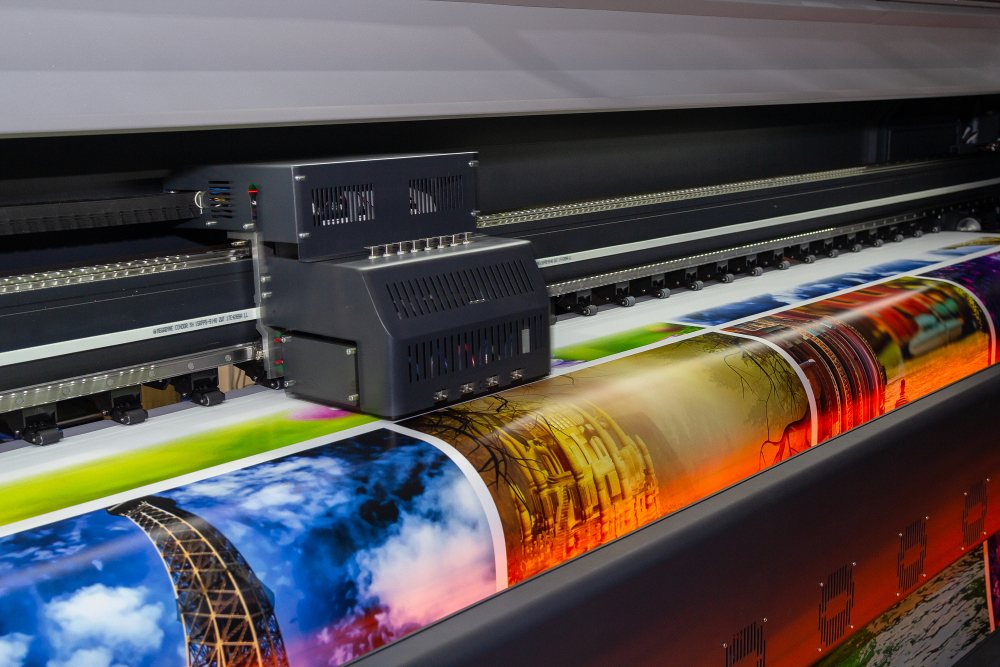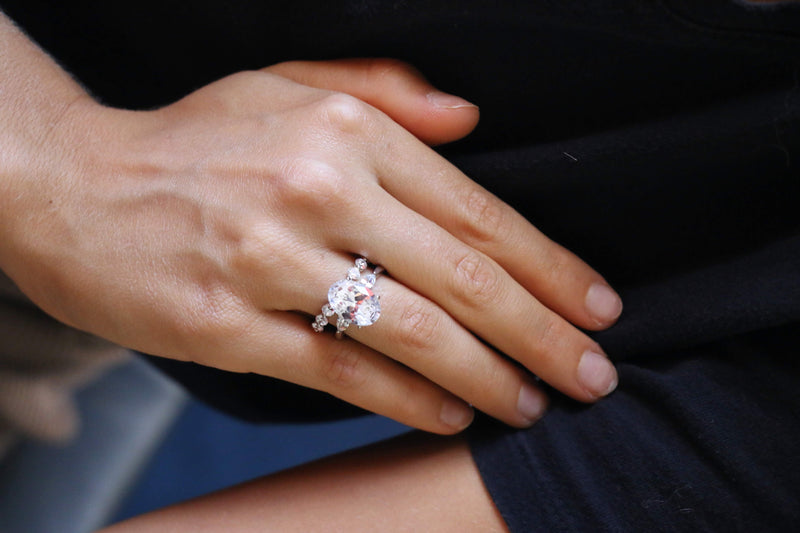
What individuals may not have a faint concept about what a design designer is doing-creating company logos? Image fixing in Photoshop? Creating magazine ads? Yeah, these items are done by artists, but they are only parts of a far bigger scene.
Design is everywhere, from the morning breakfast box to the poster for the music festival to the buying method for Uber. The architecture is just about wherever you look, mixing innovation with planning, collaboration with a smart brand, and beauty with rationality, and it matters. For graphic designers, there are endless ways to make their mark.
Table of Contents
Communication and Graphic Design
A critical aspect of the designer’s toolkit is outstanding contact skills. It is fun to produce stunning photographs, but before you can place a pen on paper, the most critical aspect of the graphic design phase takes place. The needs of the customer have to be understood by planners.
Take a look here https://blueskygraphics.co.uk/how-to-be-a-good-graphic-designer-very-good/ for comprehensive graphic design online courses.
All design is focused on five graphic design concepts: continuity and order to establish harmony, hierarchy of organisation and direction, contrast and emphasis areas that generate effect, repetition to unify and strengthen, and cohesion to achieve a more consistent, cleaner outcome. Learn more about graphic design fundamentals and how we teach them in our course and method.
Alignments
The most fundamental, but perhaps the important principles of nature, is alignment as it allows our eyes to see order, which is very soothing to the reader.
Had you ever seen a layout and did not know where to look – left, correct, centre? Inside the app, providing an exact reference point helps our eyes to smoothly navigate across the visual message. Aligning the objects with each other in such a manner that each object has a direct correlation with all else on the network, tightens the template and eliminates the haphazard, messy effect of the components’ random placement.
An intangible relation may be provided by the arrangement of elements which are not similar to each other, conveying the feeling that they belong to the same piece.
Outside of 2D graphic design, alignment can be observed as paintings hanging uniformly on an unseen line, between right/left/centre alignments in Microsoft Word documents and paragraph material.
Repeating
Repetition enhances a design by otherwise joining distinct pieces, thereby establishing connections. Think of repetition as a cohesive one. By repeating elements of a pattern, you immediately create familiarity or identity.

A critical element in the unity of several page papers is repetition. The features of related elements which contribute to the continuity of the design are duplicated by Repeat. In a pattern, repetition may also generate rhythm. The whole unit is defined as a set of points of interest with bullets of the same colour, shape and size.
Repetition encourages persons to understand the different objects remain together. Think of it a little like a family. Each individual looks a little different in the family, but there are enough parallels that you can tell that they are all connected to each other.
Radial symmetry places the components in a configuration that is circular. Although it is popular in print formats, since circular placements are hard to obtain, there is not much radial symmetry on websites.
A graphic designer often intentionally generates an unbalanced arrangement that typically focuses emphasis on one aspect. In programming, before you can successfully smash them, you must know the laws.
Designing the Web
In order to improve the visual attractiveness and ease of use on the platform, web design is a method of designing a website that emphasises on aesthetic aspects such as style, user interface and other visuals. Web design utilises numerous programmes and software such as WordPress, Elementor, and Adobe XD to create the desired look. In order to create a winning design, web designers must think about their audience, the purpose of the website, and the visual appearance of the product.








_3-6.jpg)